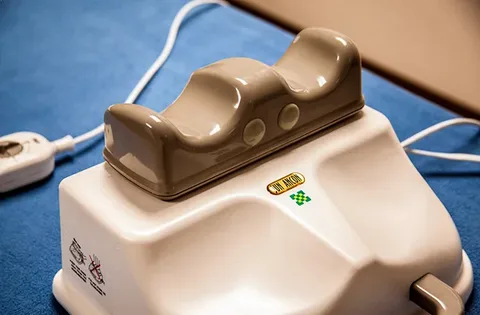Have you ever wanted to relax in your hot tub, but the water was too cold? You wait, hoping it will warm up quickly, but it seems to take forever. This can be frustrating, especially when you are ready to enjoy your spa.
A hot tub heater is responsible for keeping the water warm, but if it is not working efficiently, it can take a long time to heat up. A slow heater also uses more electricity, which increases energy costs. The good news is that there are simple ways to help your heater work faster and better.
Here are some easy ways to make your hot tub heater more efficient so you can enjoy warm water sooner.
- Keep the Cover on While Heating
A hot tub loses a lot of heat when it is uncovered. If the hot tub is open while heating, warm air escapes, and the heater has to work harder.
How to Fix It:
- Always use a well-insulated hot tub cover when heating the water.
- If your cover is old or damaged, replace it with a thick insulated cover to trap heat better.
- Consider using a floating thermal blanket under the cover for extra insulation.
- Clean the Heater Element
Over time, the heater element can get covered in minerals and dirt. This buildup slows down the heating process because it prevents heat from transferring correctly.
How to Fix It:
Check the heater element for white or chalky deposits. If you see a buildup, clean it with a descaling solution.
- If your heater is old or rusty, replacing the heater element can help improve heating speed.
- Use softened or balanced water to prevent buildup in the first place.
- Improve Water Circulation
If the water in your hot tub is not moving well, heat will not spread evenly. This makes the heater work harder and slows down heating.
How to Fix It:
- Make sure the jets and filters are clean and free of debris.
- Run the circulation pump while heating to help spread the heat evenly.
- Upgrade to a Better Hot Tub Heater
If your hot tub heater is old or too weak for your spa, it may be time to replace it. A more powerful heater can warm up the water faster.
What to Look For:
- A higher-wattage heater element for quicker heating.
- An energy-efficient heater that uses less power while working faster.
- Keep Water Chemistry Balanced
The water in your hot tub should always have the right balance of chemicals. If the water is too hard, minerals can build up on the heater element, slowing down heat transfer.
How to Fix It:
- Keep the pH level between 7.2 and 7.8 for the best performance.
- Use a water softener if you have hard water to prevent mineral buildup.
- Test and adjust the water chemistry regularly to keep the heater working well.
- Reduce Heat Loss with Better Insulation
If your hot tub loses heat quickly, the heater works harder to maintain warmth. Quality insulation retains heat efficiently, reducing energy use and speeding up heating, ensuring a more enjoyable and cost-effective spa experience.
How to Fix It:
- Check for gaps or cracks in the hot tub’s cabinet and seal them.
- Add extra foam insulation around the shell of the hot tub if needed.
- Place the hot tub on a thermal pad or insulated base to prevent heat loss from underneath.
Small Changes Make a Big Difference
A slow hot tub heater can be frustrating, but there are many ways to speed up heating and save energy. You can enjoy warm water faster by keeping the cover on, cleaning the heater element, improving water circulation, and ensuring your hot tub is well insulated. If your heater is still slow, upgrading to a more powerful hot tub heater may be the best long-term solution.
With these simple changes, your hot tub will heat up quicker, saving you time and making your spa experience more enjoyable.













































